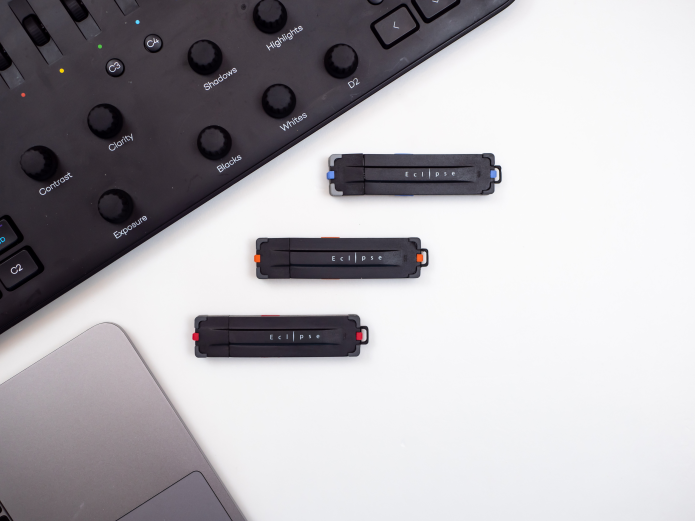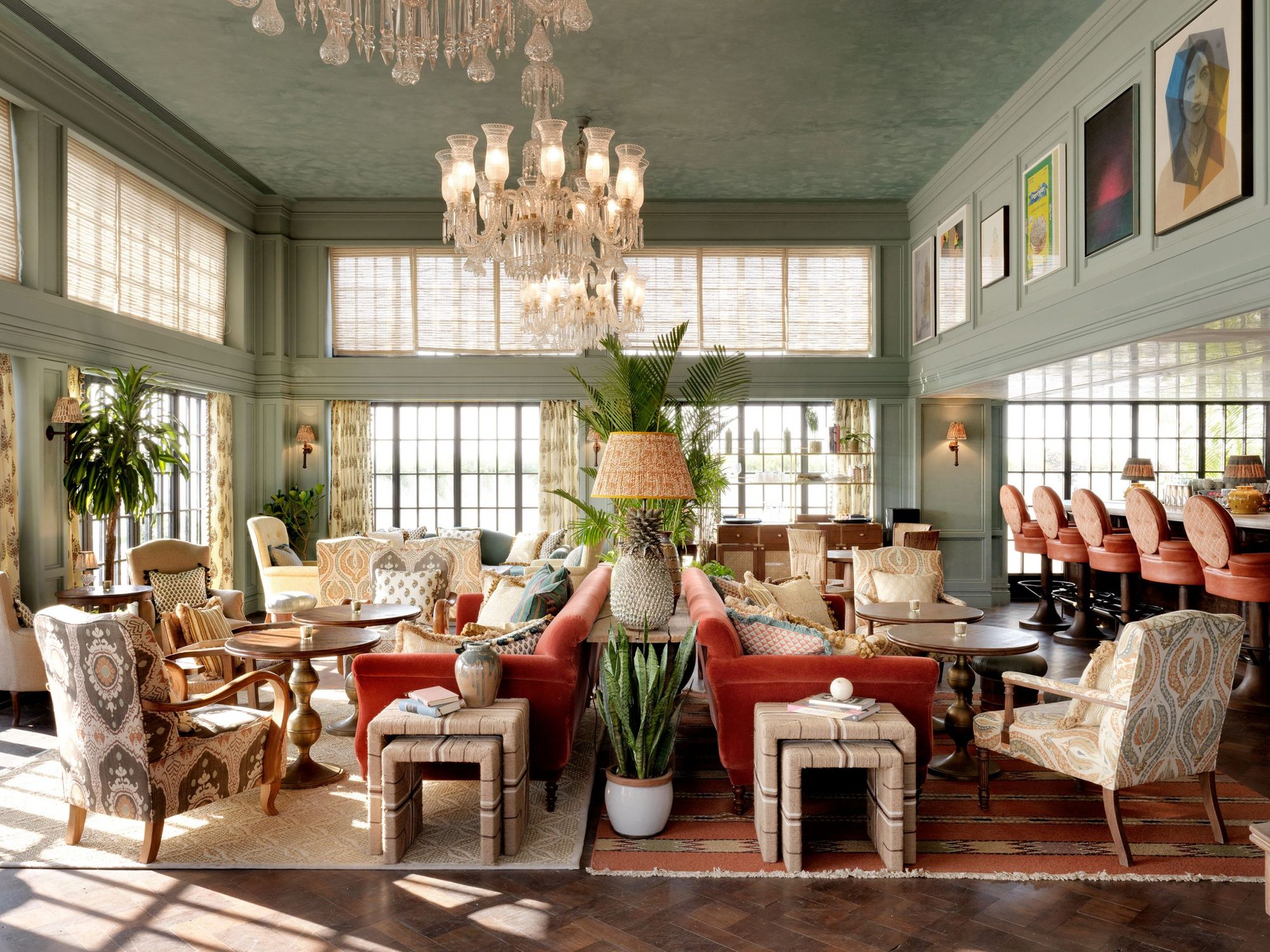Perhaps the last thing I would have suspected about Linda Boronkay is that she is battling with impostor syndrome. Then I realized that what appeared to be a contradiction at first actually makes perfect sense: it was not only her unique design perspective and intuitive flair for beauty that made her a world-famous interior designer, but also her diligent work ethic and her unquenchable thirst for learning. These may make her question herself from time to time, but also push her forward on the path of growing at the same time.
Linda Boronkay moved to London in her twenties, where, after a few years spent modeling, she started to study interior design. She achieved her first professional accomplishment while she was still a student at the Department of Interior Design & Technology at the London Metropolitan University: she won the award for Britain’s Best Emerging Interior Designer in her second year. Then she worked for renowned firms such as Tom Dixon Studio and Martin Brudnizki Design Studio, and continued her career as the lead interior designer of the clubs of Soho House across the world for five years. She recently opened her own studio—we interviewed her on apropos of this exciting event.

Your career is a dream come true in the eyes of those who’d like to pursue a career in interior design. How did you find this profession?
Before I started working in interior design, I did modeling for a few years. I liked the part of traveling a lot and meeting many interesting people, but I felt that the fashion industry and I were not a good fit in the long run. Subconsciously, my choosing interior design might have had something to do with the fact that my father is an architect and my mom has been collecting antique objects and furniture as well as contemporary works of art for as long as I can remember. As a result, I had an aesthetically rich childhood.
You also lived in Paris, but eventually settled down in London. What made you choose this city?
Modeling took me to London, too, and even though I thought I was going to study in Paris, I immediately fell in love with London. To me, attraction to a city is a very instinctive thing. London’s energy somehow pumps me up: in my eyes it is inspiring, young and multicultural. I like its openness, the fact that people smile a lot, and that it has the best exhibitions and theaters in the whole wide world, so it offers a world that is also very rich culturally.
Going to school here also proved to be a very good decision. The course I attended was very practice-oriented all the way through, we could feel that it was preparing us for real life. It also provided an opportunity to start building a network, and when I was in my second year, one of my course teachers encouraged me to enter a prestigious professional competition which I ended up winning. Without this, I don’t think I would be anywhere near I am today.
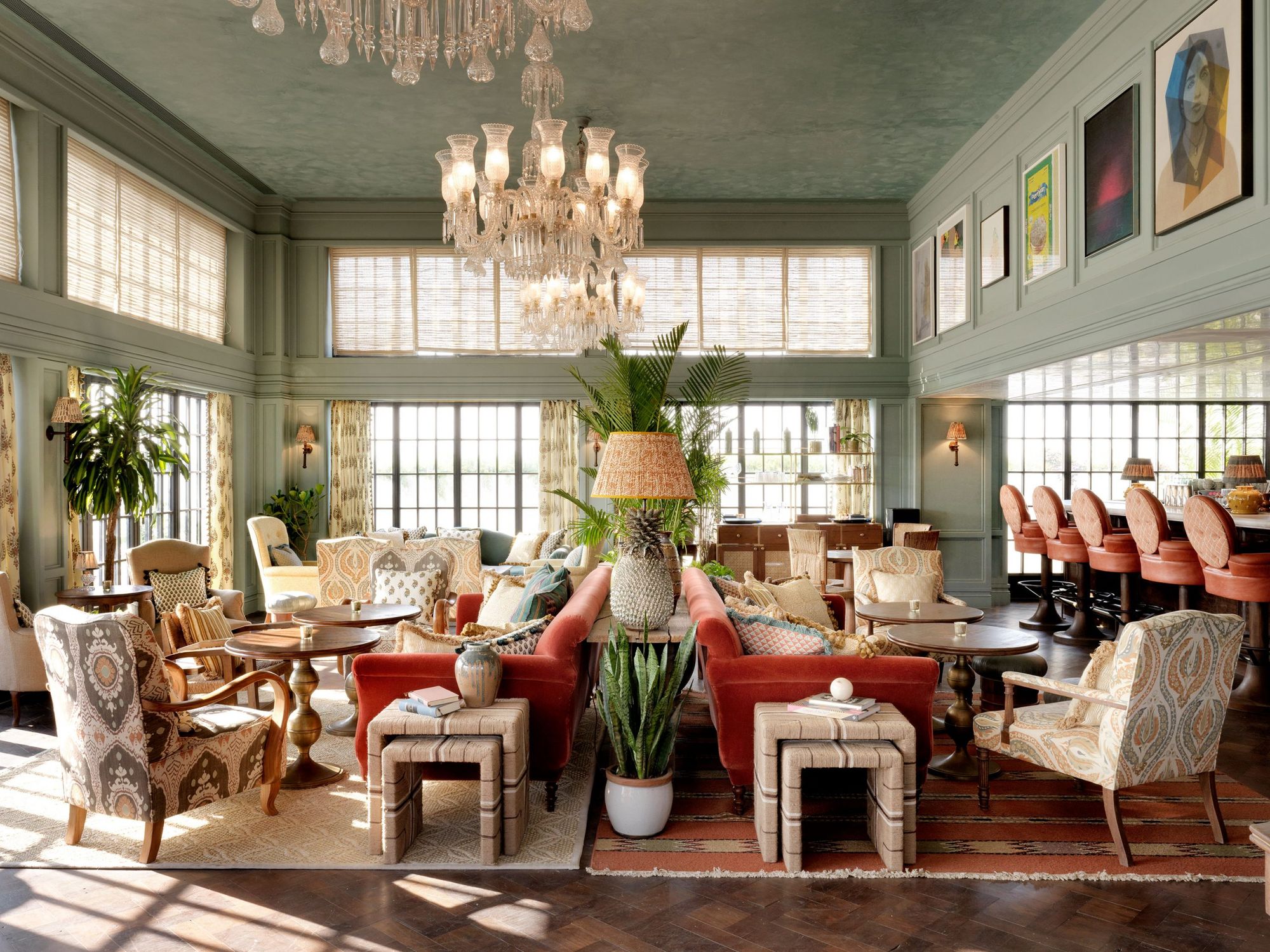
One could say that this was the first important milestone in your career. What other defining moments led you to opening your own studio?
I would say that every time I left a workplace and started working for a new one brought a milestone. These changes somehow always entailed a step forward: I started working with bigger teams and on larger projects. But the thought of “what am I doing here, I have no idea what I should be doing here” kept rattling around in the back of my head. Probably this impostor syndrome will never be completely gone, but I don’t necessarily consider this a negative thing anymore—it makes people want to achieve more and perform better.
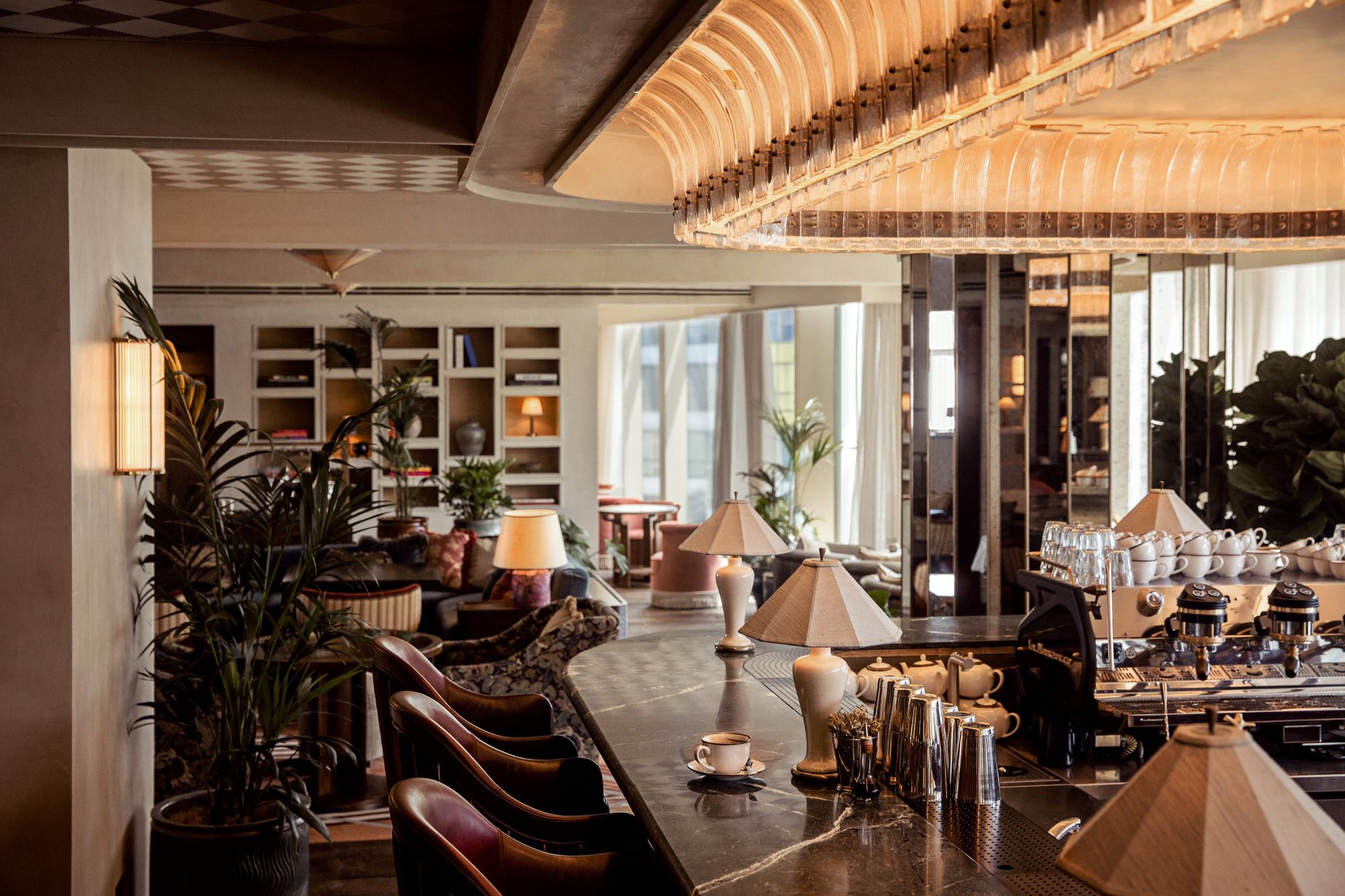
My own studio is a very fresh thing: I only started it half a year ago. Several factors have led me to take this step. On the one hand, I have worked with Soho House for five years: we have opened many restaurants, club and hotels over the years. It was a fantastic experience, I am sure that these were the most dynamic and inspiring years of my professional life. At the same time, I think there comes a point in every job when you feel that you don’t learn as much as you did in the first one or two years—I missed being challenged. Also, in the meantime, Covid-19 hit the world, which imposed a gigantic obstacle to the hospitality industry. I thought I didn’t want to wait two or three years until clubhouses and restaurants could reopen, and so I took this as a sign to change. On top of it all, I received a few individual commissions and so everything was confirming that I made the right decision. One with a lot of fears and challenges, but the right one.
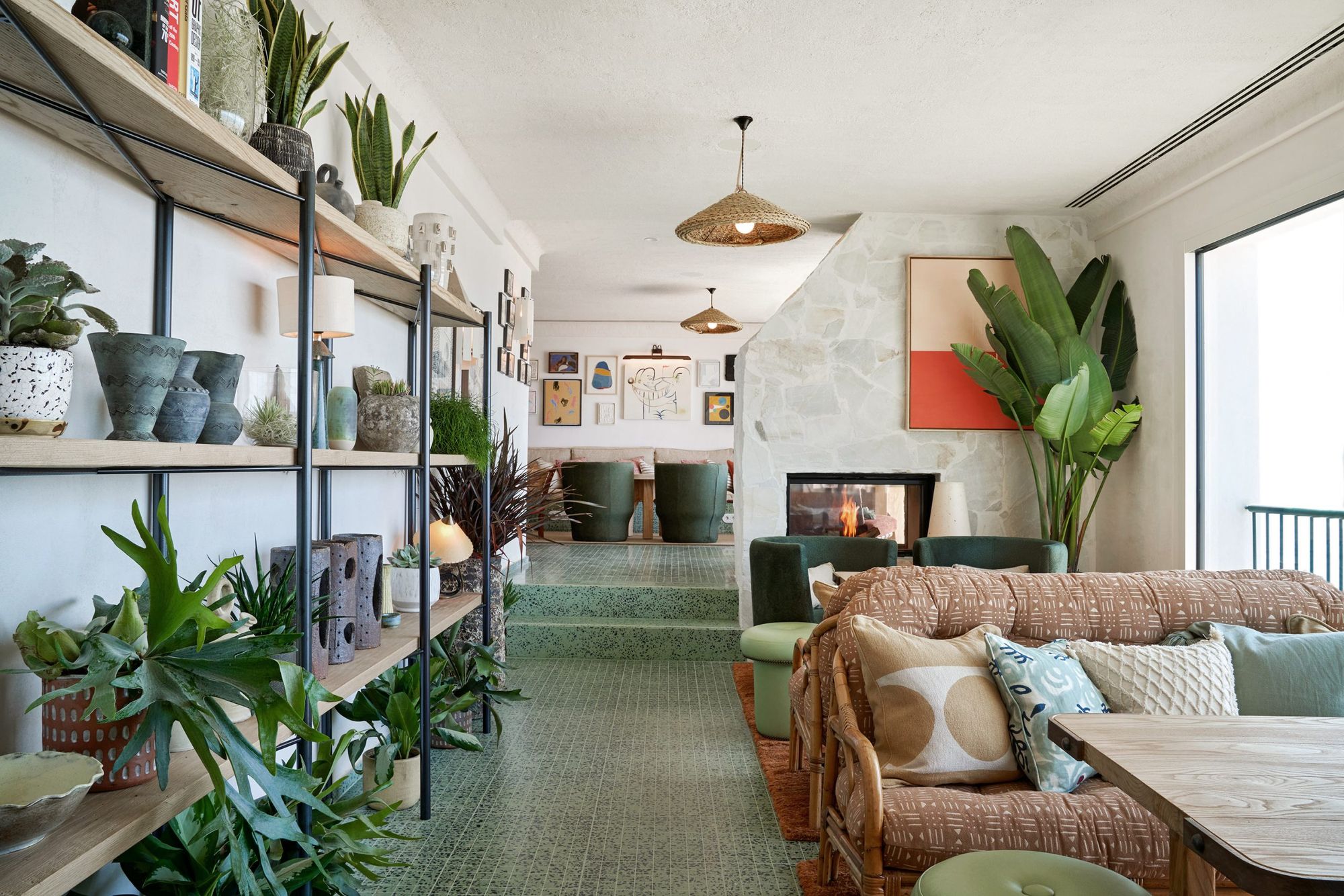
In addition to practice, you also started to focus on theory more, as you became a columnist for the Times and Livingetc in the topic of interior design. Was writing something you also enjoyed doing before?
Not in the least, even though I chose the literature specialization in high school, I found writing essays difficult even at university. Regardless, I felt that I wanted to share my thoughts on another platform, too, and the Times was very open to this idea. I don’t write PhD articles, and I don’t change the world with them, but these tasks create a good opportunity to me to explore another angle of my profession, to arrange my thoughts and to think about not project-specific matters that I don’t really have time otherwise. For example, what makes a space successful and another one less successful.
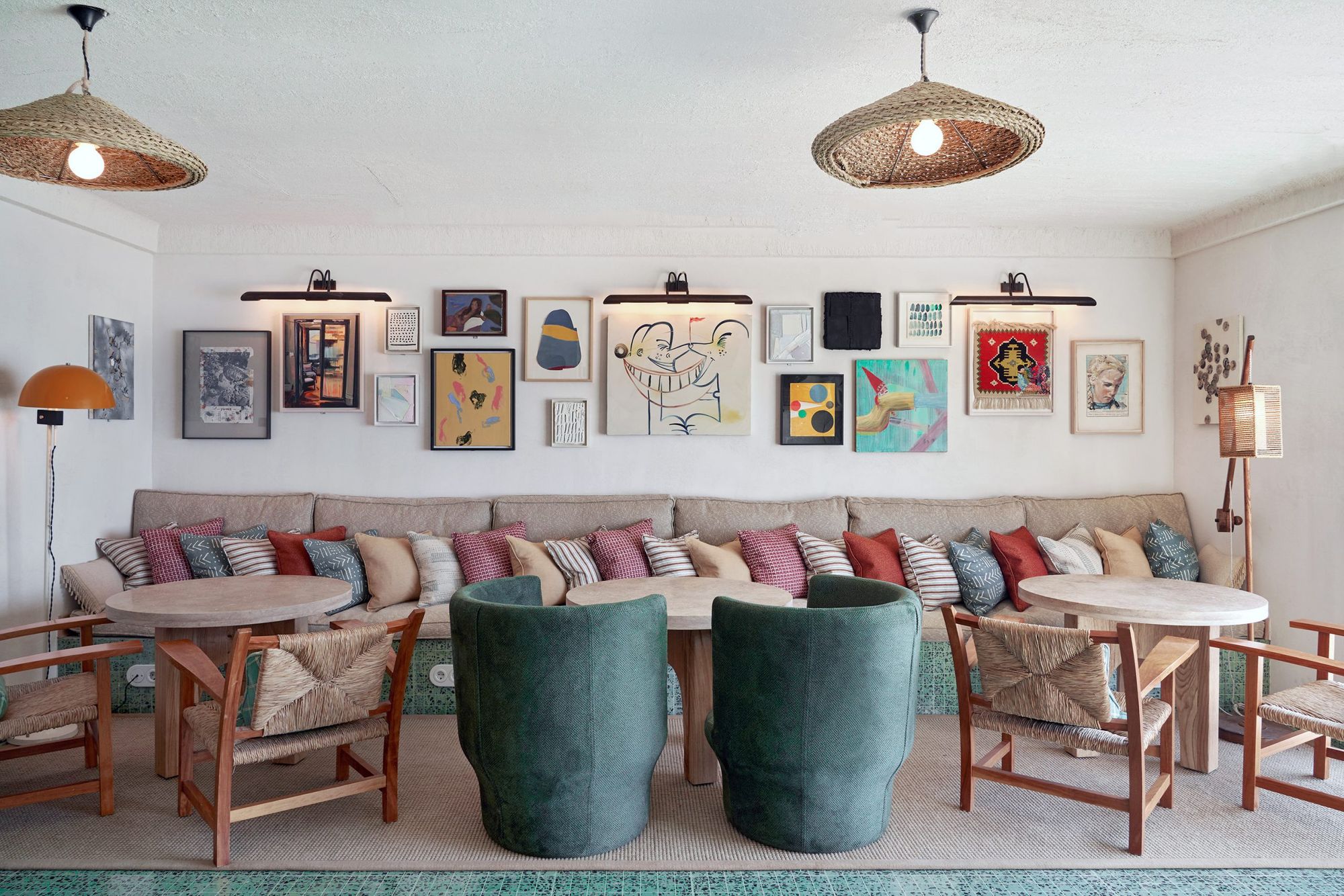
What do you think makes a space successful?
Even though what makes a space homely or beautiful is a very personal thing and varies by person, there are some fix factors that will make most people feel comfortable and at home.

I think lighting is the most important. It’s not a good setup if a space is only lit from above. Ceiling lamps should only have a decorative function and should be installed with adjustable brightness. The light sources should rather be standing lamps, desk lamps and wall lamps: the lower, the better, and as many as possible! These give a much warmer and more balanced light, which benefits both their environment and us, the users.
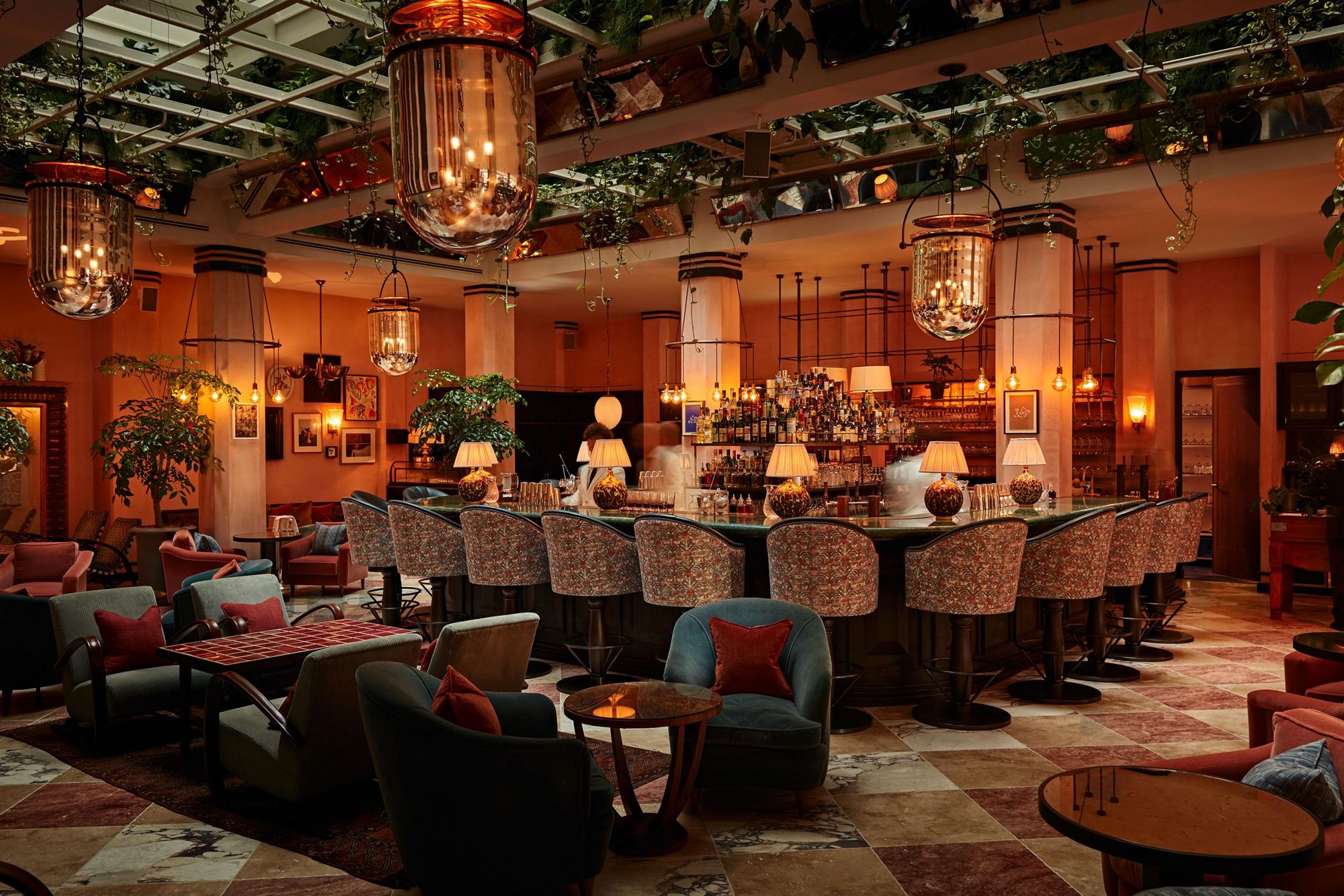
Another factor of the kind is the space itself together with its ratios, and in it, the direction of natural light sources and the shape of the room. It’s good to have a focal point, may it be a fireplace, a window or a beautiful object around which the space is organized. Materials are very important, too. Everyone has a different relationship with colors, but anyone can play with materials: make one a little more dominantly structured, include polished ones and something with a smooth finish.
Putting all these together, a space affecting all our senses can come to life, and this is what I consider the most important.
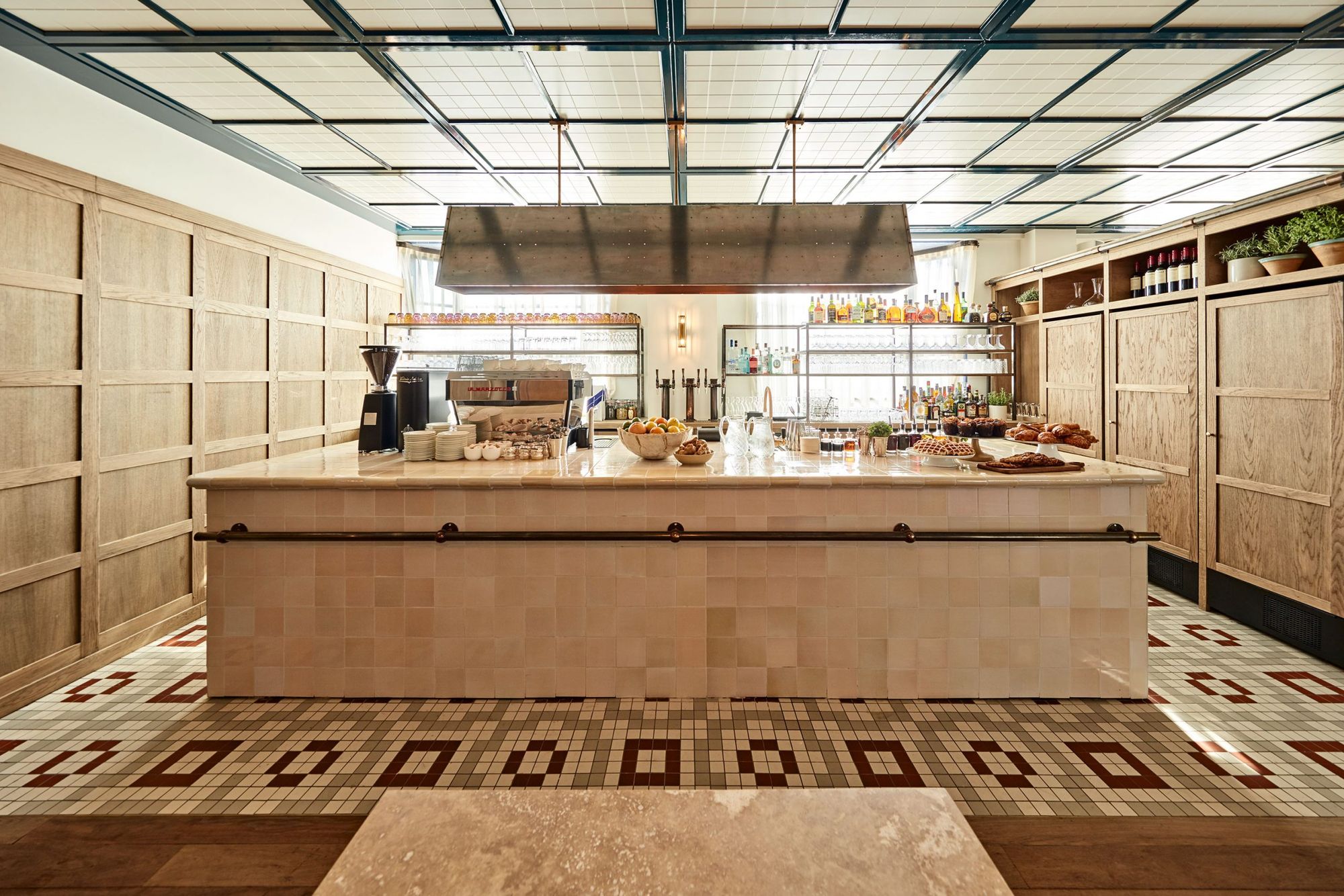
Then we can further vary it with scented candles and home perfumes. It appears to me that lately, since we have been spending a lot of time in our little spaces, this has gained even more value. I used to travel a lot, and even if I was at home, in London, I worked from the office—I only went home to sleep. Even though my environment was gorgeous, I didn’t care so much about its sensual part. However, during the lockdown, seemingly bagatelle things, like a scented candle, helped a lot to get through the hard days.
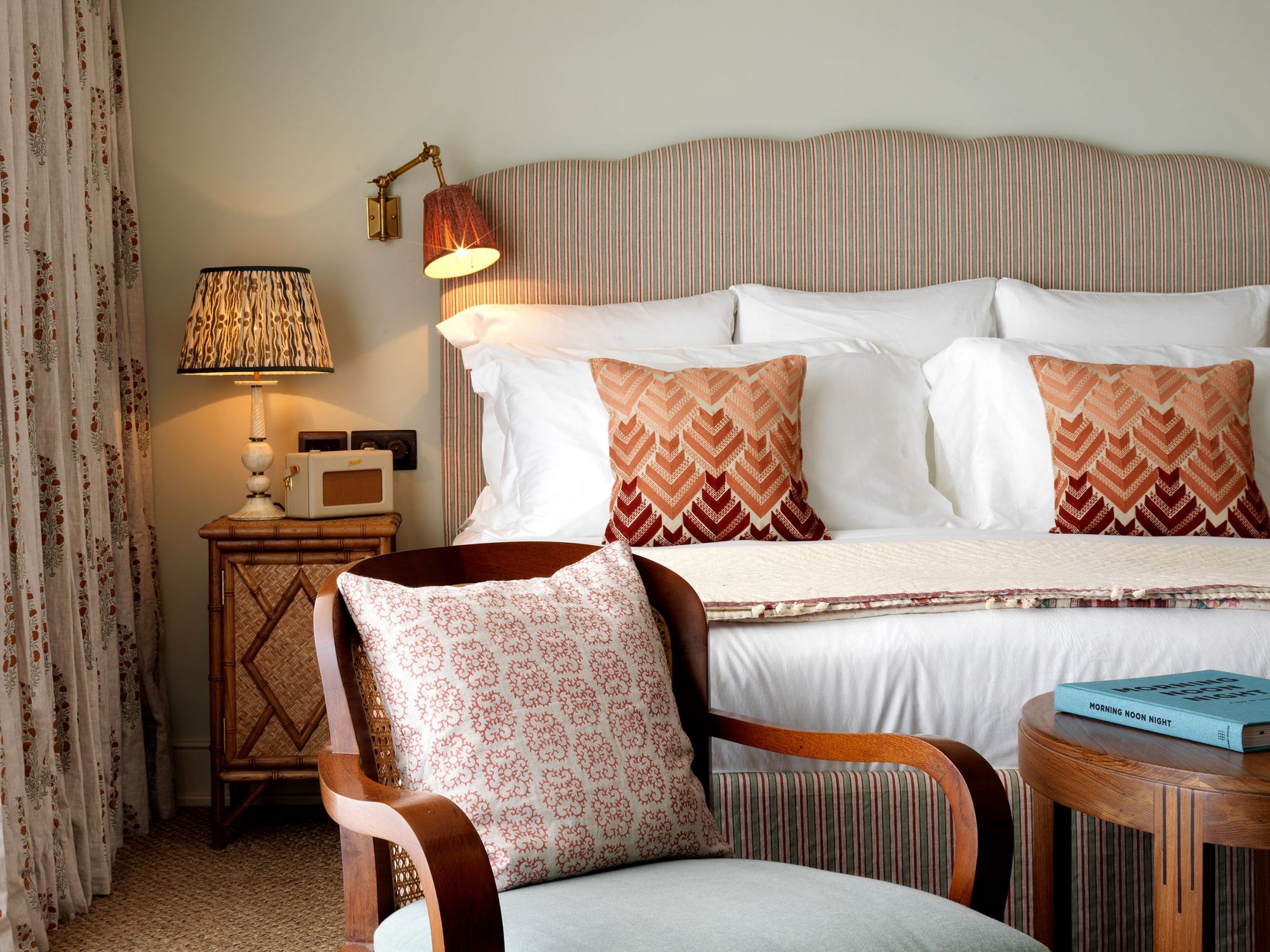
Do you think that this holistic approach gained more value in the profession, too, as a result of the epidemic, or is it more prevailing on an individual level in people’s lives?
There must be a lot of designers who still put the emphasis on visuality. And there are also others who have been representing this perspective for a long time, and who try to find out what makes us feel good in certain places and think about how this could be further enhanced—like Ilse Crawford or Peter Zumthor. To me, Soho House brought this paradigm shift: before, I was more interested in what looked good together aesthetically than the emotional impact of a place.
The clubhouses of Soho House are all very exclusive places. What does the concept of luxury mean to you?
This is another quite subjective concept in my opinion. I had the chance of working with people from all across the globe, from America, China or India, and I experienced that the meaning of luxury varies by culture. And of course it varies by person, too: to me personally, luxury is getting on a plane, going away for two weeks and working from there if needed, that is to have a lot of freedom and a lot of time for myself. It is time that is somehow never enough.
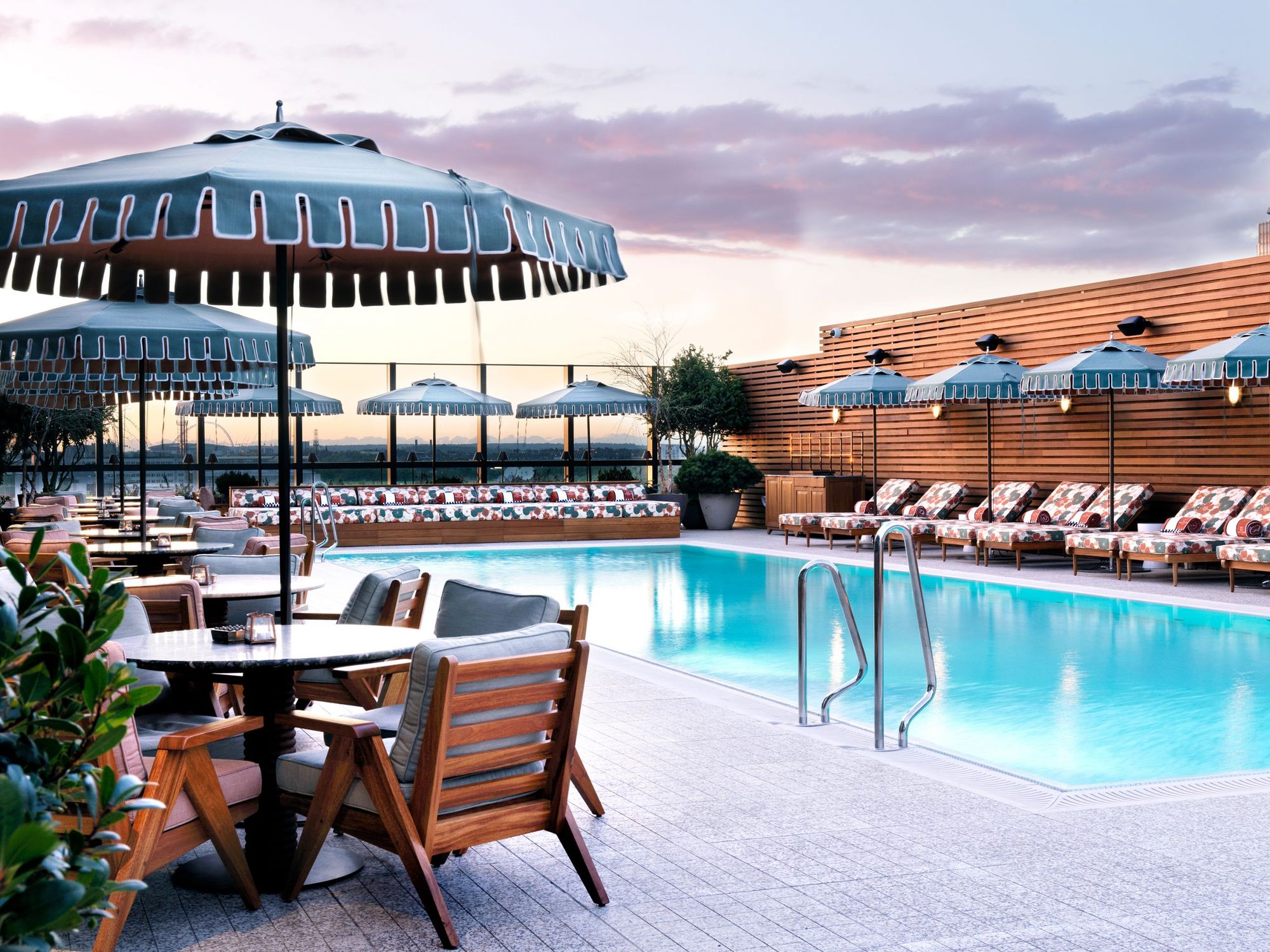
In interior design, it is exclusivity I consider to be of luxury value. It’s not how expensive or glamourous something is that matters, rather to provide a unique experience that you can’t get anywhere else. For example, it’s a greater luxury to go to a secluded Italian hotel that only has five rooms but the nonna makes the pasta with her hands, than to stay in a giant luxury hotel. I think people are looking for such authentic experiences nowadays.
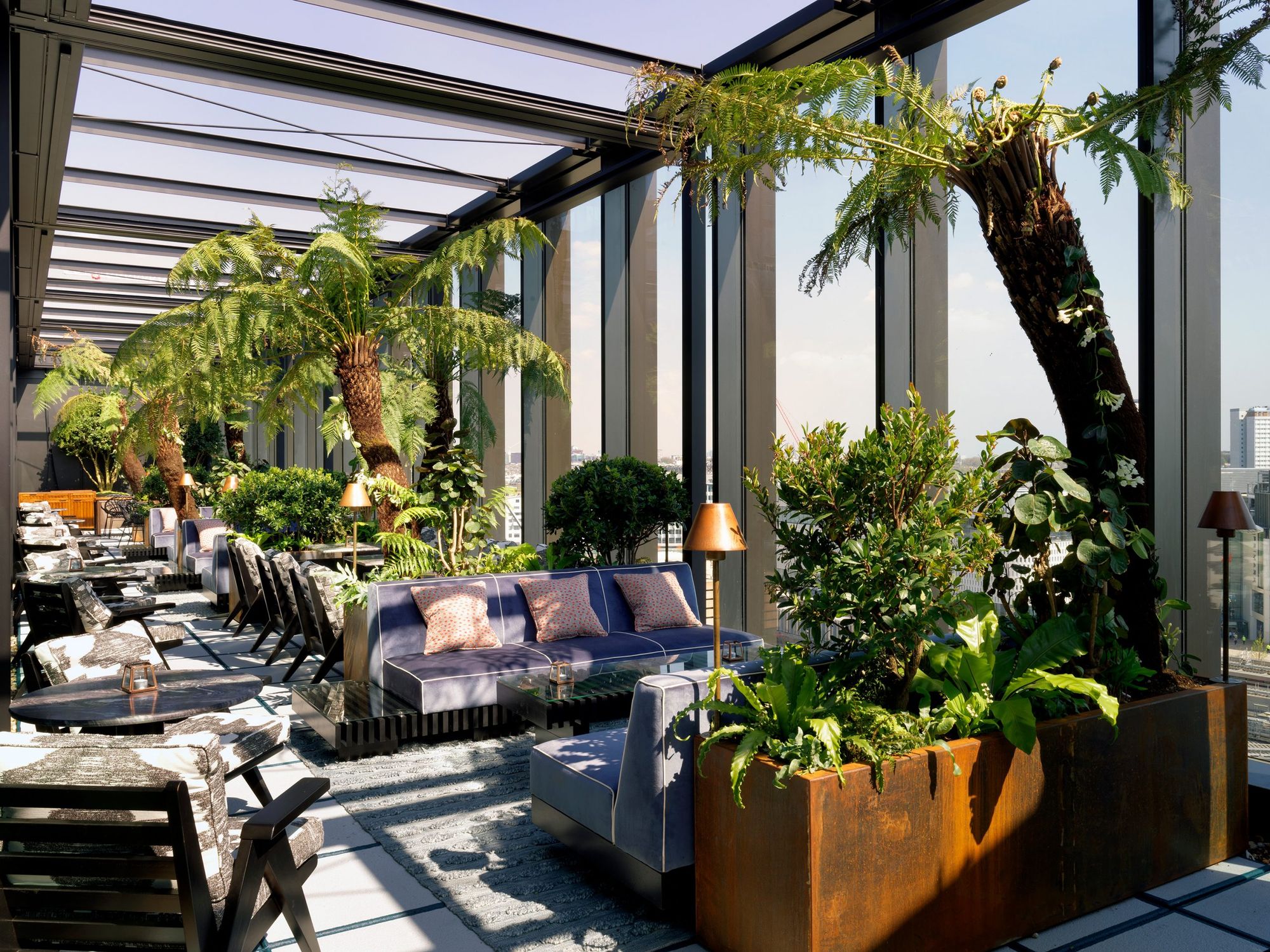
With so many great projects behind your back, one better than the other, is there a dream project for you?
Every project is a dream project where the client’s vision is to create a milieu (may it be an apartment, a restaurant, a hotel, a hospital or a kindergarten) that wishes to offer a unique experience. And on which we can work with the entire team with a holistic approach, where we can add a story to the design that connects everything.
Linda’s inspiration:
Italian architecture and the classics of design (Gio Ponti, Carlo Scarpa, Piero Portaluppi), contemporary Parisian designers (Pierre Yovanovitch, Fabrizio Casiraghi, Festen Architecture, Studio KO), Jean-Michel Frank and the Vienna Art Nouveau.
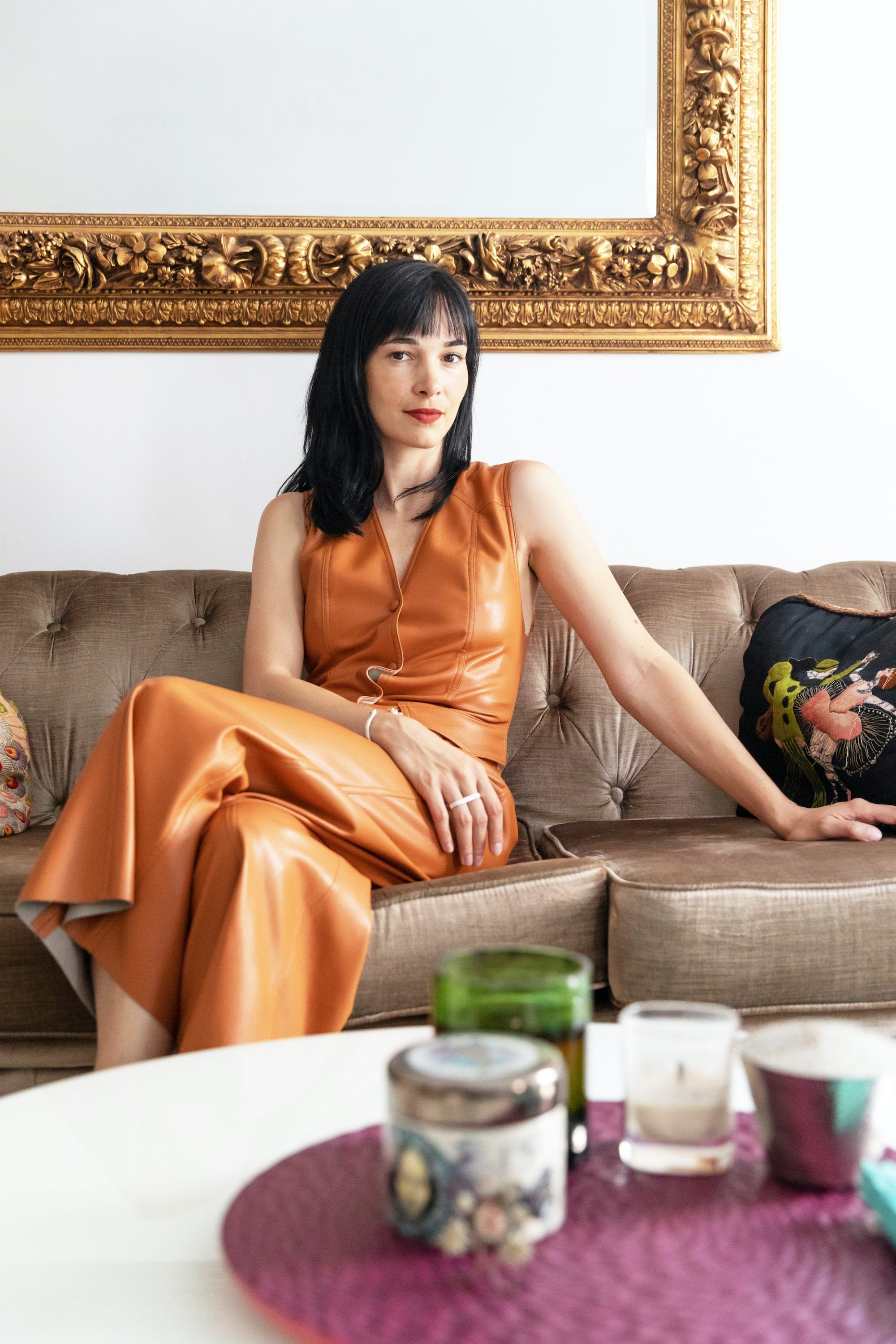
Her three favorite trends and motifs in an interior…
- Eclecticism: antique furniture, mixing vintage with modern elements.
- Integrating artefacts, photos and paintings into the space.
- Colors and textures! “Because life is too short to worry whether we’ll get bored of a bolder color.”
The three least preferred trends…
- White, beige and cream color, colorless interiors.
- Minimalism. “I appreciate minimalist architecture in the appropriate environment, but I can’t imagine that it could be a truly heartwarming and inspiring milieu for a human being!”
- Over-lit, austere environments with cold lights. “Because bad lighting kills even the most spectacular spaces.”
A piece of advice for success:
“Make yourself indispensable by working hard and having a good relationship with your co-workers! Always stay curious and soak up all the knowledge you can.”

"Each goat has a name here"
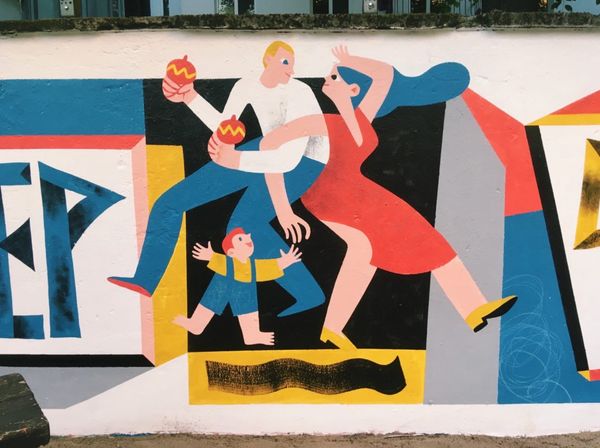
HIGHLIGHTS | Colorful world
